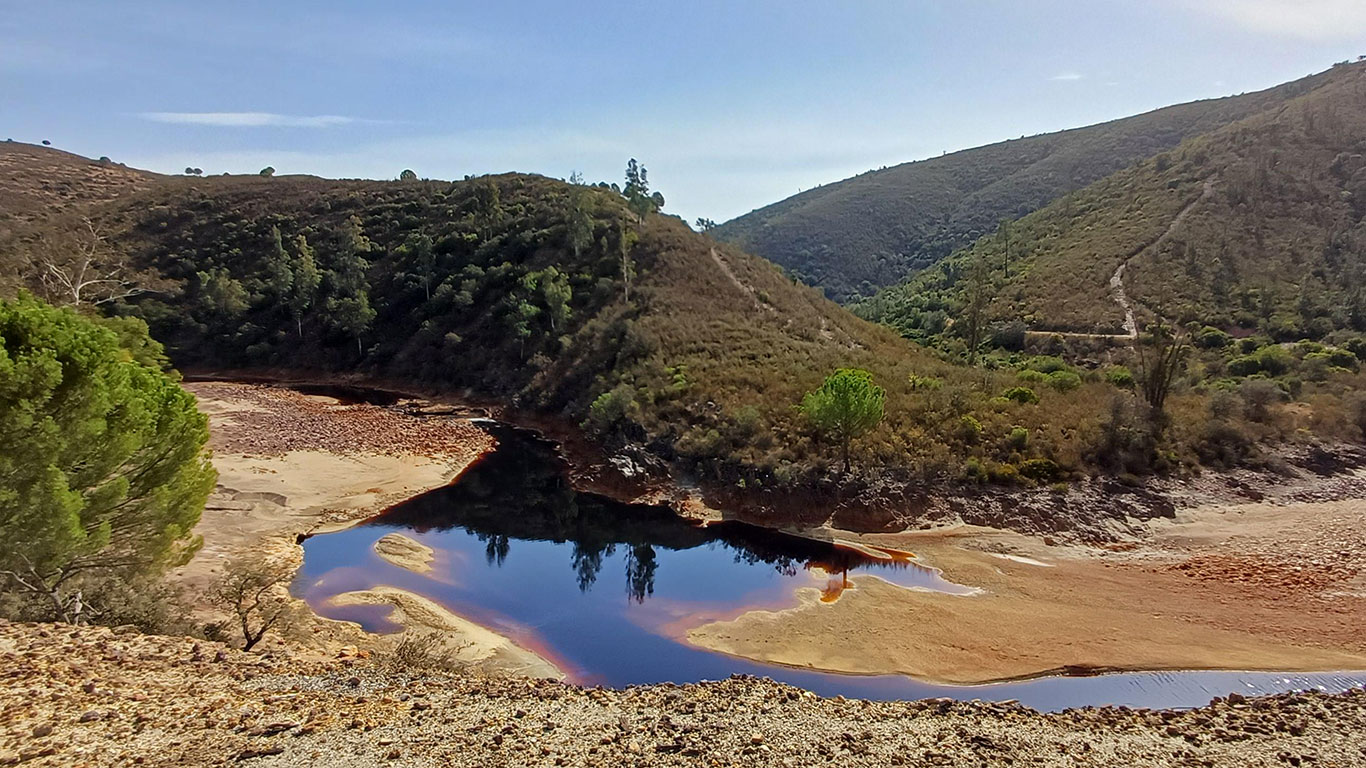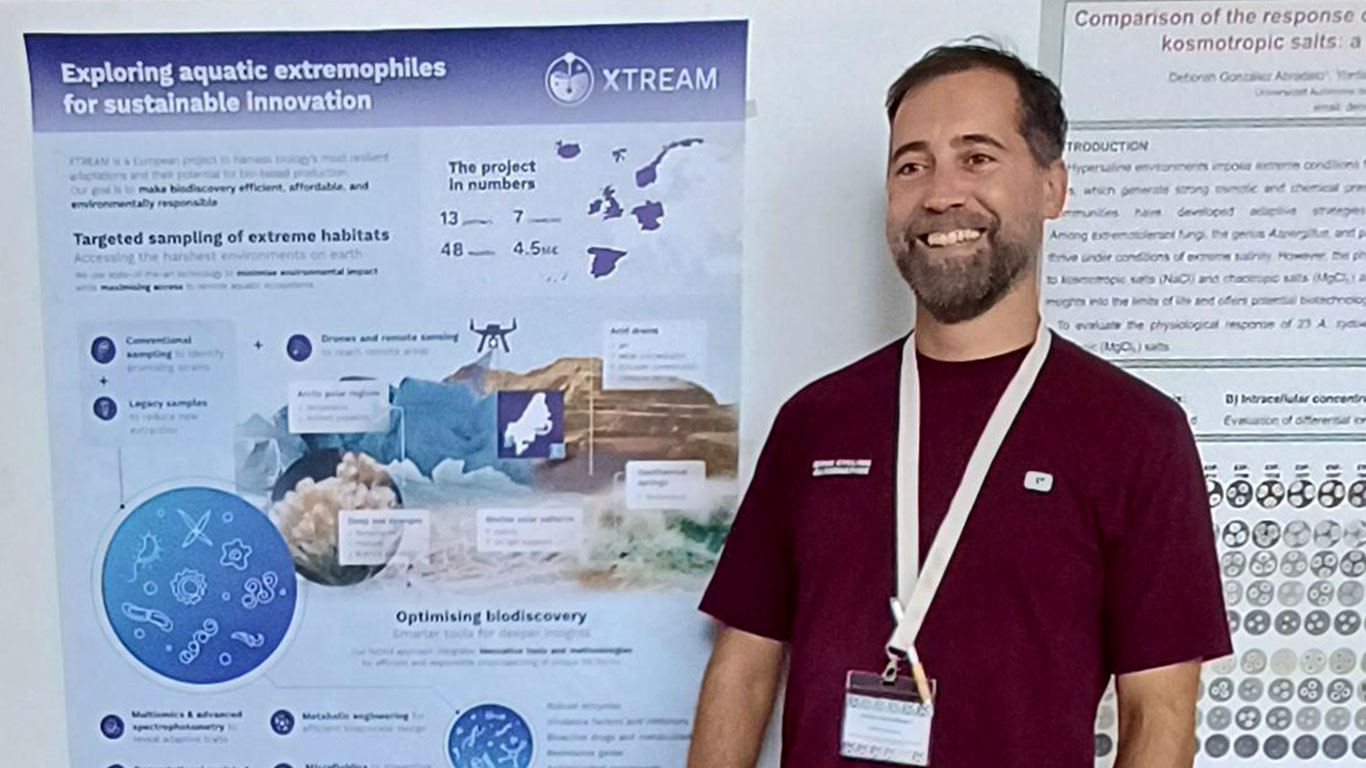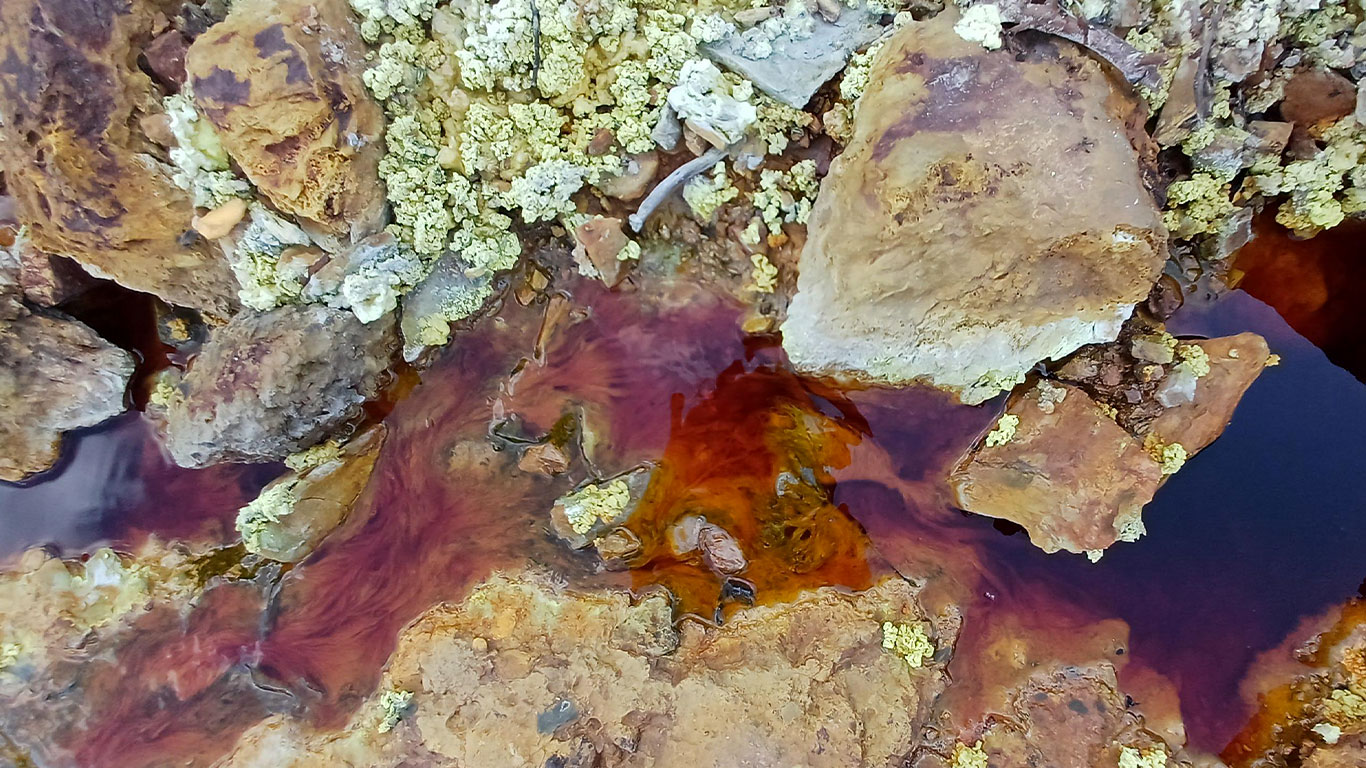October 27, 2025
XTREAM’s journey continues
From the Arctic to the red rivers of Río Tinto

After venturing into the icy Arctic last summer, our project’s journey continued south — this time to the mineral landscapes of Huelva, Spain. The visit combined science, collaboration, and fieldwork in one of Europe’s most renowned extreme environments: Río Tinto.
Sharing science at the REDEX meeting

The trip began at the XIX Meeting of the Spanish Network of Extremophiles (REDEX), hosted by the Faculty of Experimental Sciences at the University of Huelva. During the meeting, our coordinator, Dr Antonio García Moyano, presented a poster introducing the goals and scope of our project to his colleagues from the Spanish extremophile research community. The exchange of ideas and experiences sets the perfect stage for the next step of the visit: exploring one of those extreme worlds firsthand.
Into the red waters of Río Tinto

As part of the REDEX meeting programme, participants were invited to visit Río Tinto, a place that looks more like Mars than Earth, and one of the extreme environments that we focus on in the XTREAM project. Its striking red rivers and acidic rocks create an environment so harsh that it’s become a reference point for astrobiology and microbial ecology. Our team joined the visit alongside leading researchers in the field, including Professor Ricardo Amils, one of the pioneers in the study of Río Tinto and its astrobiological significance, and a member of the National Network.
Making the most of the visit, our researchers, Dr Antonio García Moyano and Dra Ángeles Aguilera, from our partners at the Spanish National Research Council (CSIC), took the chance to carry out water and sediment sampling along the river. Studying the microbial communities from Río Tinto and Svalbard will help the team unravel how life survives both in heat and in cold, in acidity and in ice. These insights could pave the way for new discoveries in biotechnology, from sustainable materials to bio-based industrial processes.
Connecting the extremes
The visit also provided a chance to meet with researchers from XTREAM’s sister projects, including NEXTMARINE and XTREMOLIFE, strengthening links and setting the foundation for future collaborations. A total of four EU-funded projects have been funded in this call, reflecting the growing European interest in exploring how life adapts to the planet’s most extreme conditions — and how such knowledge could inspire future innovations.
We shared plenty of ideas and inspiration — and let’s just say, exciting things are on the way!

